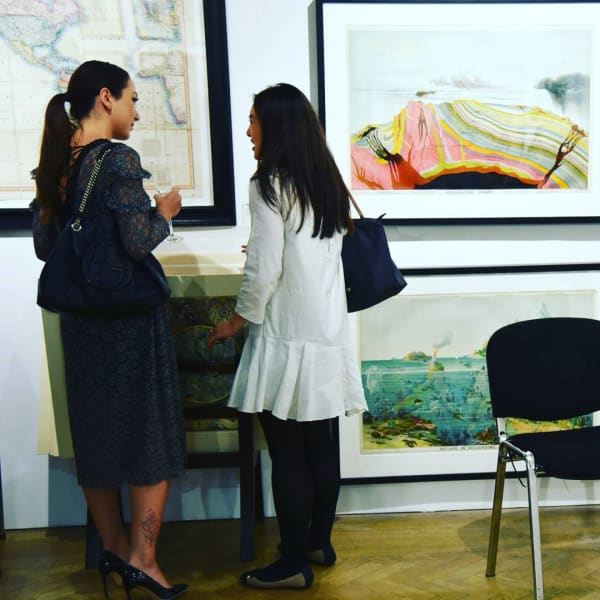-
Explore the largest collection of antique maps for sale anywhere in the world
Browse All Maps -
Browse Inventory
-

Antique Maps
Over 10,000 original antique and vintage maps covering every part of the world
Click here to browse...
-

Antique Prints
Thousands of original antique engravings on subjects from Architecture to Zoology
Click here to browse...
-

Antique Globes
Antique and vintage globes and scientific instruments from the 18th - 20th centuries
Click here to browse...
-

Vintage Posters
Original travel, advertising, and propaganda posters
Click here to browse...
-

Books & Catalogues
Reference books and specialist catalogues for map enthusiasts
Click here to browse...
-

Specialist Collections
Thematic collections and collaborations with contemporary artists
Click here to browse...
-
-
Discover
-
Thousands of fine and rare maps from the 15th to the 20th Centuries
Close

















